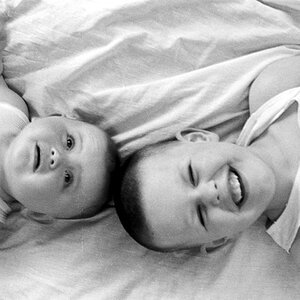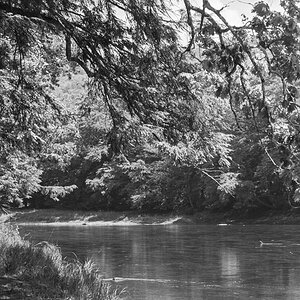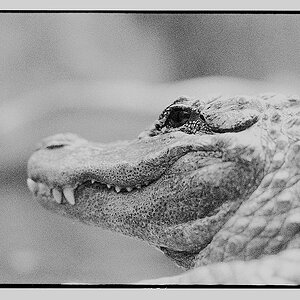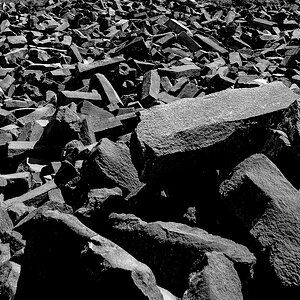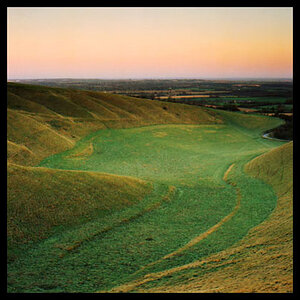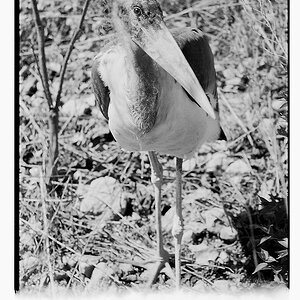jeremyboycool
TPF Noob!
- Joined
- Jun 14, 2007
- Messages
- 92
- Reaction score
- 0
- Location
- Portland, OR
- Can others edit my Photos
- Photos OK to edit
How do you guys get such sharp, clear and bright! images?
Am I doing something wrong, could I maybe get some filters to help, or is it my camera?

Am I doing something wrong, could I maybe get some filters to help, or is it my camera?



